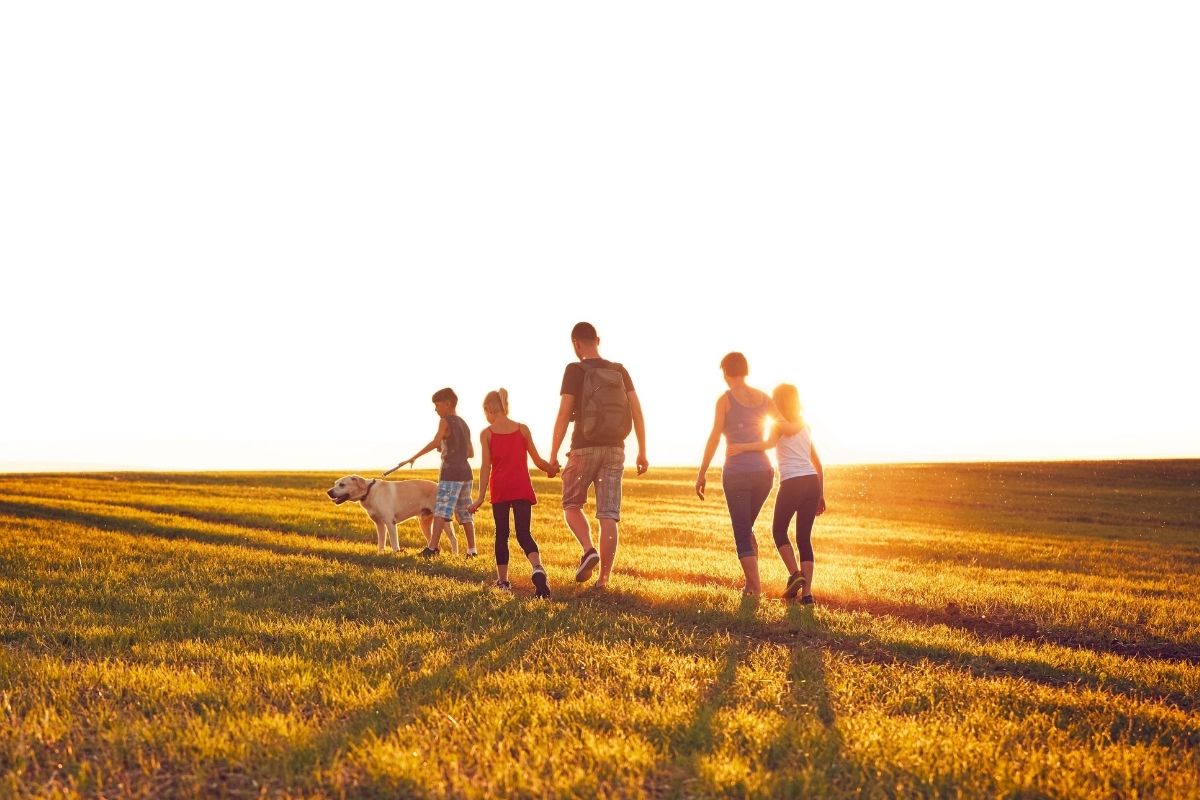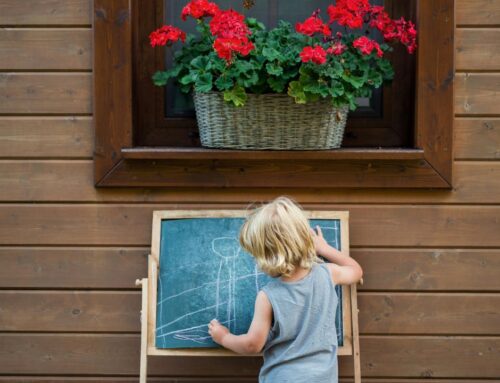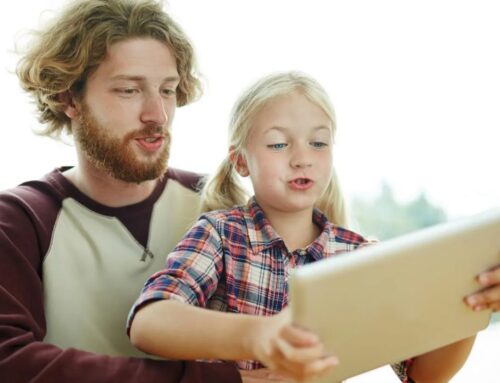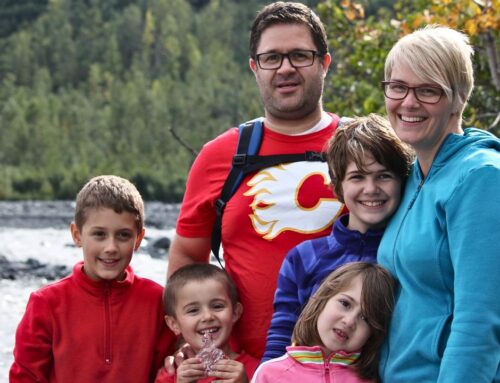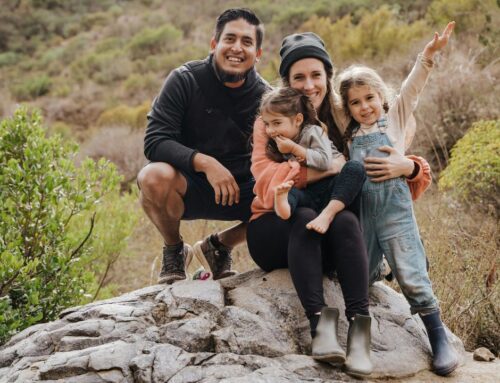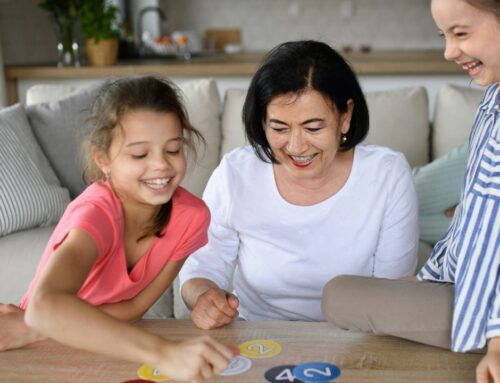At SelfDesign, we support learners of all ages and abilities in authoring their own lives and designing their own learning. Our kindergarten to grade 12 educational program, SelfDesign Learning Community, places each child at the centre of their learning journey, with support and resources to help them succeed at every step along the way.
The methodology behind this innovative approach to learning draws on insights from learning science and makes use of some unique tools that SelfDesign has developed over the years. Our educators use these tools – called “models” – to help them as they support learners and families along their unique, personalized learning journeys.
“When our founder, Brent Cameron, first started WonderTree [SelfDesign’s predecessor] in 1983, he based his approach on his personal beliefs about learning and about children,” says River Meyer, SelfDesign’s Director of Organizational Learning and Culture, who worked with Brent in those early years and, with him, co-authored the book, Unfolding Our Infinite Wisdom Within.
“He believed that we are all learners, learning all the time, no matter how old we are. He believed that the strongest learning occurs when we are interested in or passionate about something and it has relevance to us, and that in order for that to occur we need to have choice about what we learn at any given time. And he also believed that when we are making those choices, we begin to see ourselves as authors of our own lives.”
Brent experimented with those ideas for many years. As he progressed, River says he “began to develop models or adapt existing models that could represent what he saw happening and that could act as guidance for learning, whatever the age of the learner.”
The models have changed and been updated over the years as understanding of the processes they describe has evolved. Some models were set aside, and new models were added.
A few years ago, River selected the most-used models and worked with a team of SelfDesign educators to develop a common format and look and feel for the tools that give them continuity from one to the other, clarify their function and brand them as part of the SelfDesign toolbox.
“I felt the project would refamiliarize our educators about how the models are best used,” she says.
Because these models belong to SelfDesign, they were copyrighted.
Today, five SelfDesign models are in use, and a sixth is being developed.
Together, they capture different aspects of how learning happens. They describe, for example, how people tend to grow and develop emotionally, mentally, socially, physically and spiritually from when they are very young children until they are adults, and how that growth and change can influence their relationships, their interests and their learning.
They also provide roadmaps for key aspects of SelfDesign’s approach. For example, a model developed by Kathleen Forsythe, a former SelfDesign vice principal, principal, executive director and learning consultant, describes how our Observing for Learning process happens and changes as learners grow and become more self-aware and independent in their learning over time and experience.
But the models are not linear prescriptions for learning, nor are they one-size-fits-all process maps. At its core, SelfDesign believes every learner is unique and every person grows, develops and learns at their own pace and in their own way. The models reflect this.
They serve instead as tools – there to remind and guide SelfDesign educators as they, in turn, guide and support their learners. And they are among the resources at the foundation of SelfDesign’s unique and innovative approach to learning.

